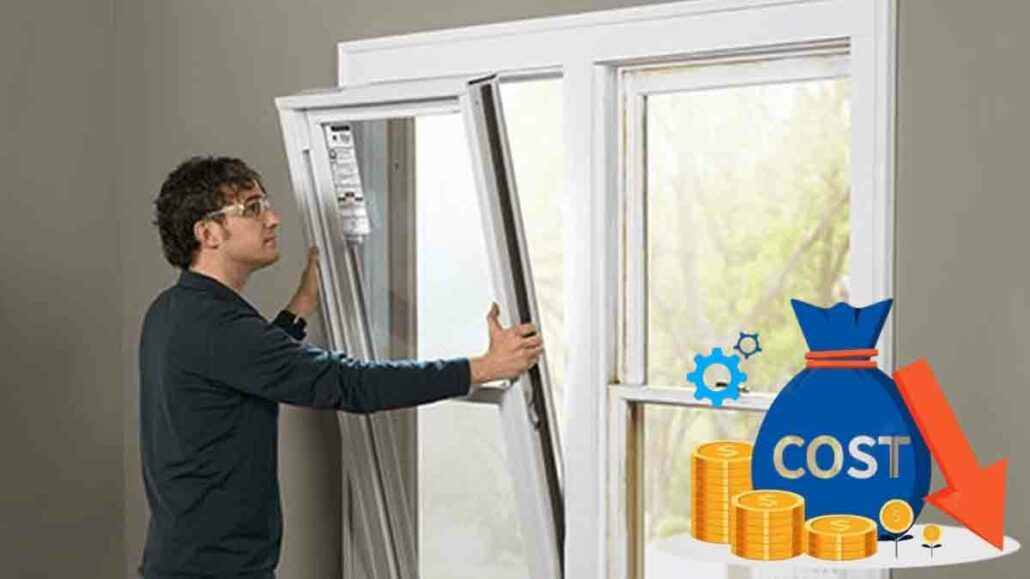A Replacement Cost Policy is a type of insurance coverage that reimburses policyholders for the full cost of replacing damaged or lost property without deducting for depreciation. This means if a covered peril, such as fire or theft, destroys a insured item, the policy will provide funds to replace it with a new item of similar kind and quality. Unlike Actual Cash Value policies, which factor in depreciation, Replacement Cost policies offer greater financial protection.

By opting for a Replacement Cost Policy, individuals and businesses can ensure they have the necessary funds to restore their property to its pre-loss condition without bearing the burden of decreased value over time. This comprehensive coverage provides peace of mind knowing that they are adequately protected against unforeseen losses.
What a Replacement Cost Policy is
A replacement cost policy is a type of insurance coverage that reimburses you for the full cost of repairing or replacing damaged property without deducting for depreciation. This means you’ll receive the amount necessary to restore your property to its pre-loss condition, using materials of similar quality.
How Does Replacement Cost Policy Work?
When a covered loss occurs, your insurance company will assess the damage and determine the cost to replace the damaged property with new, similar items. You’ll receive the full replacement cost, allowing you to rebuild or restore your belongings without financial burden.
Benefits of having a replacement cost policy
A Replacement Cost Policy offers several advantages over traditional Actual Cash Value policies. Primarily, it provides complete financial protection by covering the full cost of replacing damaged or lost property without considering depreciation. This is particularly beneficial for high-value items like electronics, appliances, and furniture, which can depreciate rapidly. Additionally, a Replacement Cost Policy simplifies the claims process as there are no deductions or disputes over the item’s current value. This ensures a smoother recovery process after a loss.
Moreover, in times of rising inflation and material costs, a Replacement Cost Policy guarantees that you have the funds to rebuild or replace your property without financial strain. By eliminating the worry of depreciation, policyholders can focus on recovering from the loss rather than dealing with the complexities of valuation disputes.
Replacement Cost Policy vs. Actual Cash Value
To fully appreciate the benefits of a replacement cost policy, let’s compare it to an actual cash value (ACV) policy:
| Feature | Replacement Cost Policy | Actual Cash Value Policy |
| Depreciation | Not considered | Deducts depreciation from claim |
| Coverage Amount | Full replacement cost | Current market value minus depreciation |
| Cost | Generally higher premiums | Lower premiums |
How to Get a Replacement Cost Policy
1. Assess Your Needs:
- Determine the value of your belongings and the potential financial impact of a loss. Consider factors like the age of your property, its replacement cost, and your risk tolerance.
- Evaluate the coverage offered by your current insurance policy. If it doesn’t include replacement cost coverage, it’s time to explore new options.
2. Research Insurance Providers:
- Compare different insurance companies to find one that offers replacement cost coverage for the types of property you want to protect.
- Look for insurers with a strong reputation for customer service and claims handling.
3. Obtain Quotes:
- Request quotes from multiple insurers to compare prices and coverage options.
- Provide accurate information about your property, including its value, age, and location.
4. Review Policy Details:
- Carefully read the policy documents to understand the specific terms and conditions of the replacement cost coverage.
- Pay attention to coverage limits, deductibles, and any exclusions or limitations.
- Consider adding endorsements or riders for valuable items if necessary.
5. Choose a Policy:
- Select the policy that best meets your needs and budget.
- Make sure the policy adequately protects your property and provides the level of coverage you require.
6. Complete the Application:
- Provide accurate and complete information on the application form.
- Pay the required premium to activate the policy.
Remember, consulting with an insurance agent can be helpful in navigating the process and finding the best policy for your specific needs.
When to Consider a Replacement Cost Policy
A replacement cost policy is particularly beneficial for:
- New or High-Value Possessions: Protecting expensive items like electronics, jewelry, or collectibles.
- Homes in Areas Prone to Disasters: Offering financial security in case of natural disasters like hurricanes, floods, or fires.
- Individuals with Limited Financial Resources: Providing a safety net to rebuild or replace damaged property without significant out-of-pocket expenses.
Frequently Asked Questions (FAQs)
What is the difference between replacement cost and actual cash value?
Replacement cost covers the full cost of replacing damaged property, while actual cash value considers depreciation.
Does replacement cost coverage apply to all types of property?
Replacement cost coverage is typically available for both personal belongings and the structure of your home. However, specific coverage may vary based on your policy.
How can I ensure I have adequate replacement cost coverage?
Regularly review your policy, update coverage amounts as needed, and consider additional coverage options like scheduled personal property endorsements for high-value items.
What factors affect the cost of a replacement cost policy?
Factors such as the value of your property, location, coverage limits, and deductible influence the premium.
Can I switch from an actual cash value policy to a replacement cost policy?
Yes, you can usually switch to a replacement cost policy by contacting your insurance provider. However, it may require additional coverage or result in a premium increase.

